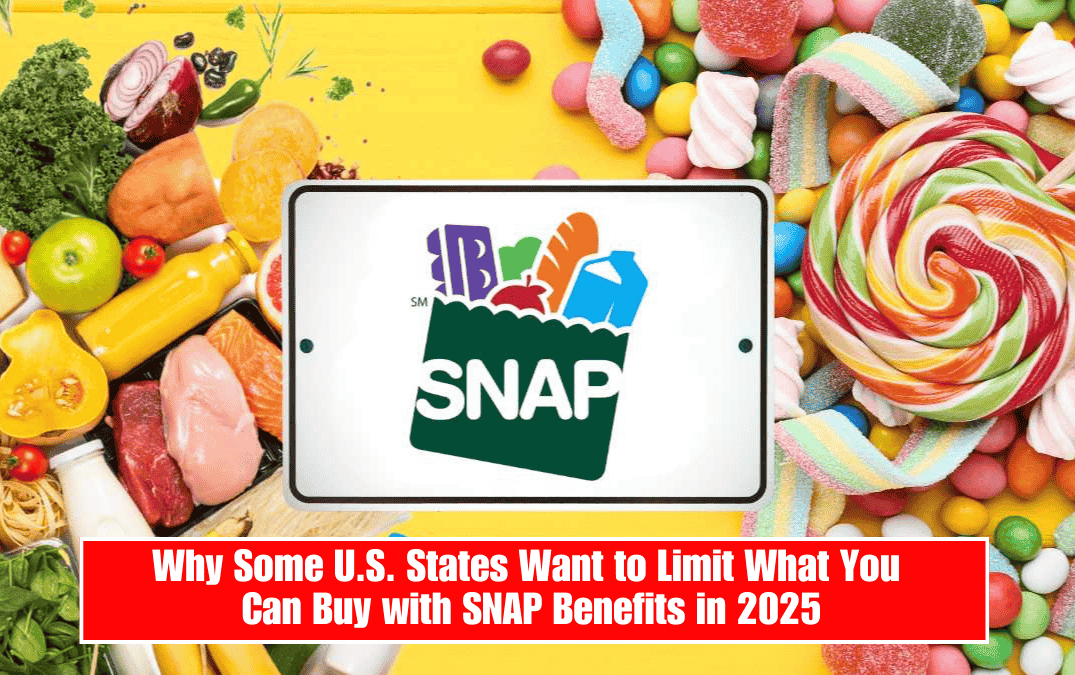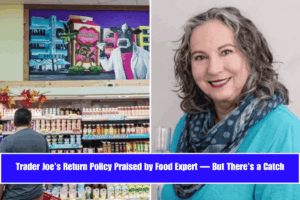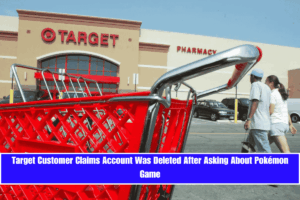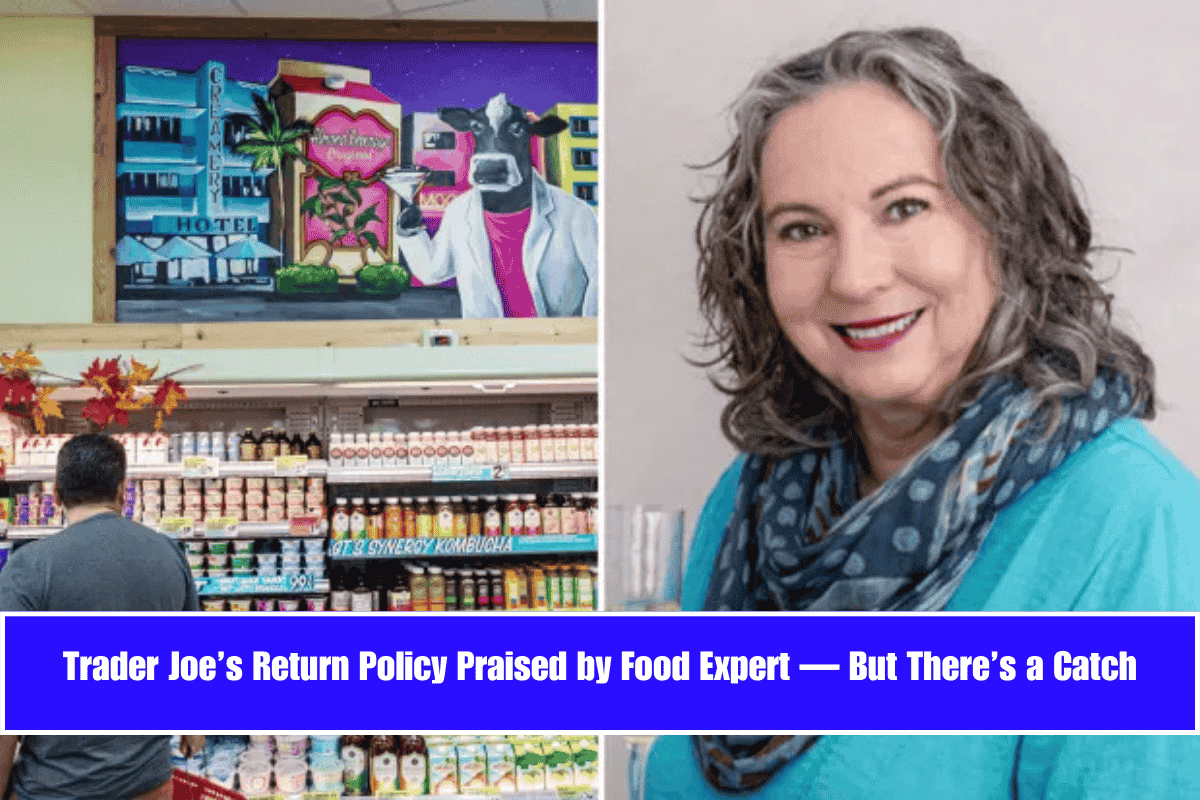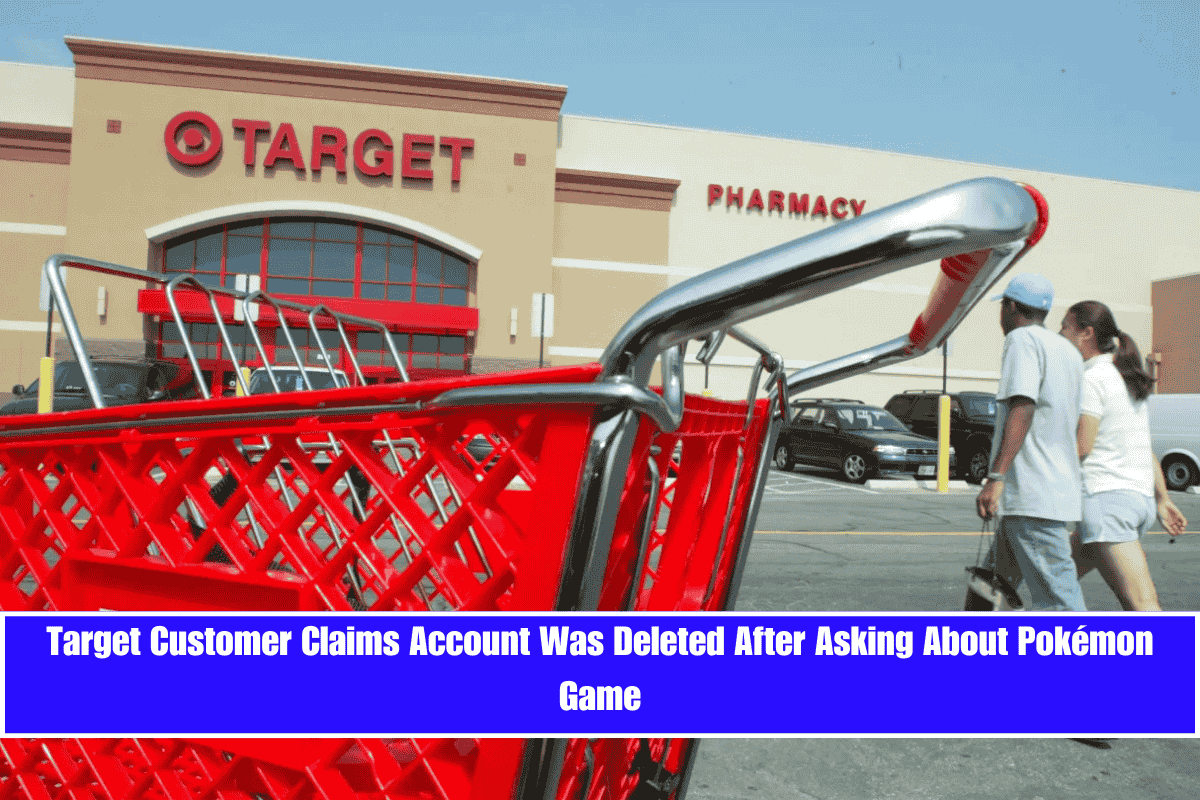In April 2025, two more U.S. states – Arkansas and Indiana – took a big step toward changing what people can buy with food stamps. These food stamps, officially called SNAP benefits (Supplemental Nutrition Assistance Program), help low-income families buy groceries. But now, these states want to stop people from buying unhealthy foods like sodas and candy using those benefits.
These new ideas are being pushed by Republican governors Sarah Huckabee Sanders (Arkansas) and Mike Braun (Indiana). Their goal is to help people eat healthier and avoid serious health problems like obesity, diabetes, and heart disease.
Let’s break down what these changes mean and why they are being suggested now.
What Changes Are Arkansas and Indiana Asking For?
Governor Sarah Huckabee Sanders from Arkansas has asked the federal government for permission to ban certain foods from being bought with SNAP benefits. These include:
- Sugary sodas, even diet ones
- Juices that have less than 50% real fruit
- Candy, such as Kit Kats
- Artificially sweetened products
Interestingly, while she wants to block these unhealthy items, she also wants to allow SNAP users to buy hot foods like rotisserie chicken, which were previously not allowed under SNAP rules.
She believes the current system encourages bad eating habits. “Right now, you can buy a Coke or a candy bar at a gas station, but not a healthy rotisserie chicken at the grocery store,” she said. She also mentioned that Arkansas spends about $300 million each year treating diseases caused by poor diets, and that this money comes from taxpayers.
On the same day, Indiana’s Governor Mike Braun made a similar request. He wants to stop people from buying sodas and candy with SNAP money, although his plan does not include adding foods like roast chicken. His changes are more focused on removing junk food rather than adding new items.
What Else Is Indiana Planning?
Governor Braun also wants to make other changes to SNAP. His plan includes:
- Making sure people work if they are able
- Better checking incomes to confirm eligibility
- Fixing errors in payments
He announced this at a public event called “Make Indiana Healthy Again,” where he was joined by Robert F. Kennedy Jr. and Dr. Oz, both of whom support healthier lifestyles.
Will the USDA Approve These Requests?
The U.S. Department of Agriculture (USDA) is the agency that controls the SNAP program. States must ask for its permission before making changes. Brooke Rollins, the current Agriculture Secretary, has shown support for these ideas. She is likely to approve these requests as they align with the national campaign “Make America Healthy Again”, which is supported by President-elect Donald Trump and Robert F. Kennedy Jr.
If the USDA says yes, the new rules could start in July 2026, and the public will have 30 days to share their opinions before anything becomes final.
How Much SNAP Benefits Pay in 2025
SNAP benefit amounts depend on how many people live in a household, their income, and whether they own their home. Here’s the maximum amount a family can get per month in 2025 in most U.S. states:
1 person: $292
2 people: $536
3 people: $768
4 people: $975
5 people: $1,158
6 people: $1,390
7 people: $1,536
8 people: $1,756
Each extra person: Add $220
Note: People in places like Alaska, Hawaii, and U.S. territories get more because their cost of living is higher.
These proposed SNAP changes by Arkansas and Indiana show a new approach: using food assistance not just to feed people but also to guide them toward better health.
Whether these changes will be accepted nationwide is still to be seen, but they’ve started an important conversation about the kind of food people buy with public money. While opinions on the issue vary, one thing is clear – both states want to reduce health problems caused by unhealthy eating, especially among low-income families.
